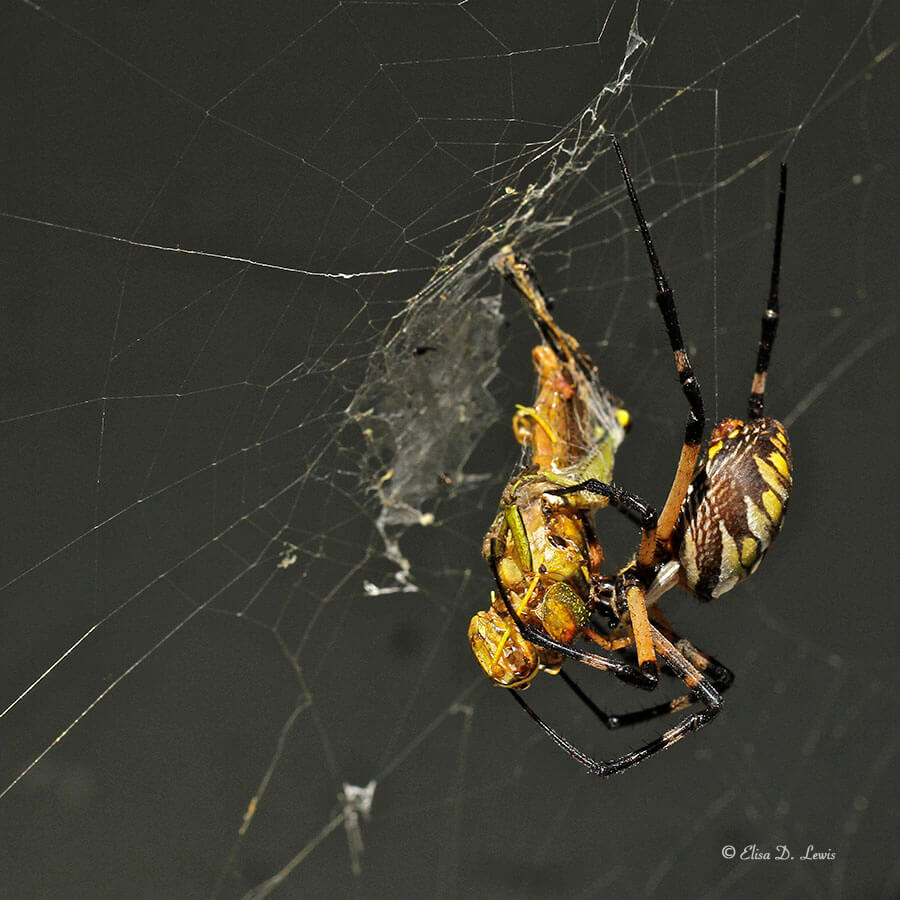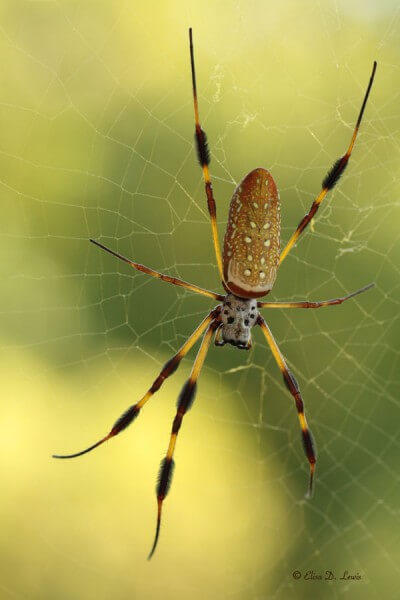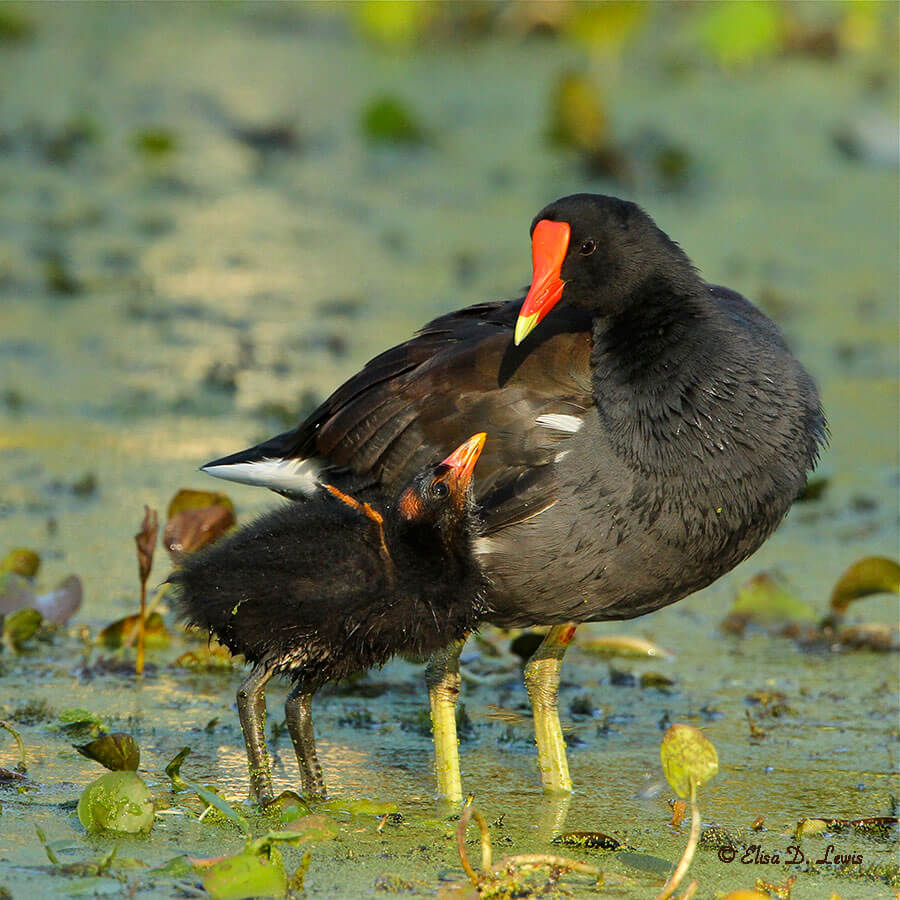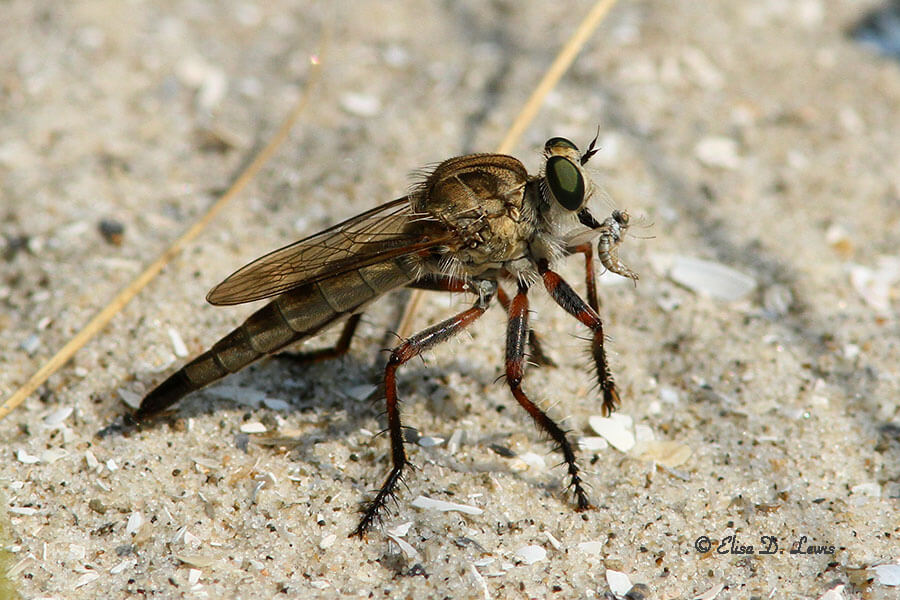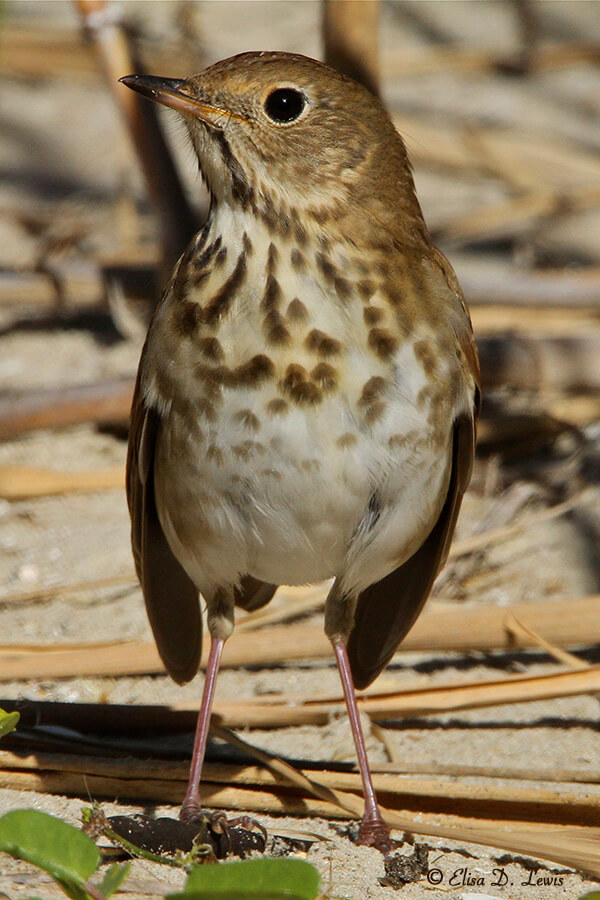
I was a bit surprised to see this Hermit Thrush hop out of the cane patch I was hiding in last weekend on the east end of Galveston Island. I’ve only seen Hermit Thrushes in their typical habitat—the understory of coniferous or deciduous forests. Instead of rummaging through moist leaf litter, this little one hunted a sea of sand punctuated by 12-foot-tall bamboo stalks. Was it lost? I don’t think so. . . . It was keeping good company. In the course of less than an hour, I observed an Eastern Phoebe and a Ruby-crowned Kinglet find a variety of tasty insects and spiders. Also, just the week before, I spotted a Swamp Sparrow and a female Indigo Bunting and Redstart in the same small patch. Hmmmmmm.
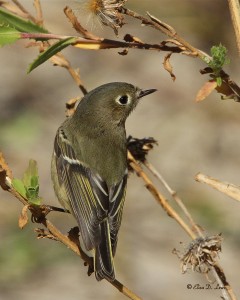
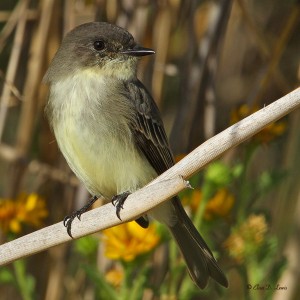
Questioning how this cane patch could be an insect-rich oasis for migrating and wintering birds led to a little research project (as do many of our outings). I had always assumed these patches of cane scattered on the beach and coastal waterways were foreign and invasive. Since non-natives don’t typically support complex ecosystems, I initially turned my nose up at them. (Invasive plant species often provide cover and water but do not support a wide diversity of prey species required for a complex food web.) As it turns out, Arundinaria, our only native bamboo, is endemic to the eastern half of the US.
With newfound respect, I look forward to a much more enlightened investigation of these remnant coastal bamboo “forests.” If you decide to venture into the cane, don’t forget your snake boots!
© 2012 Elisa D. Lewis. All rights reserved. No text or images may be duplicated or distributed without permission.
